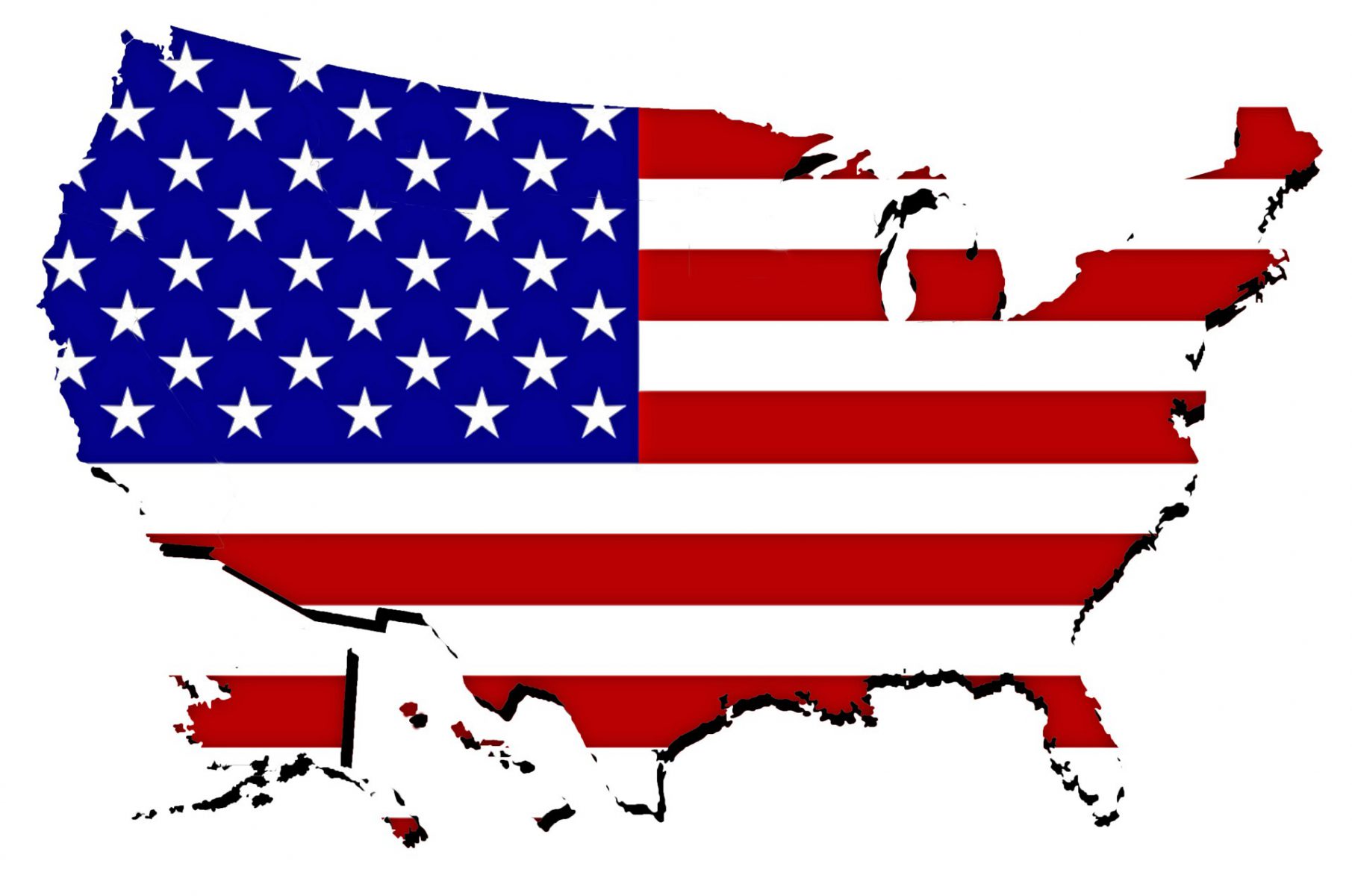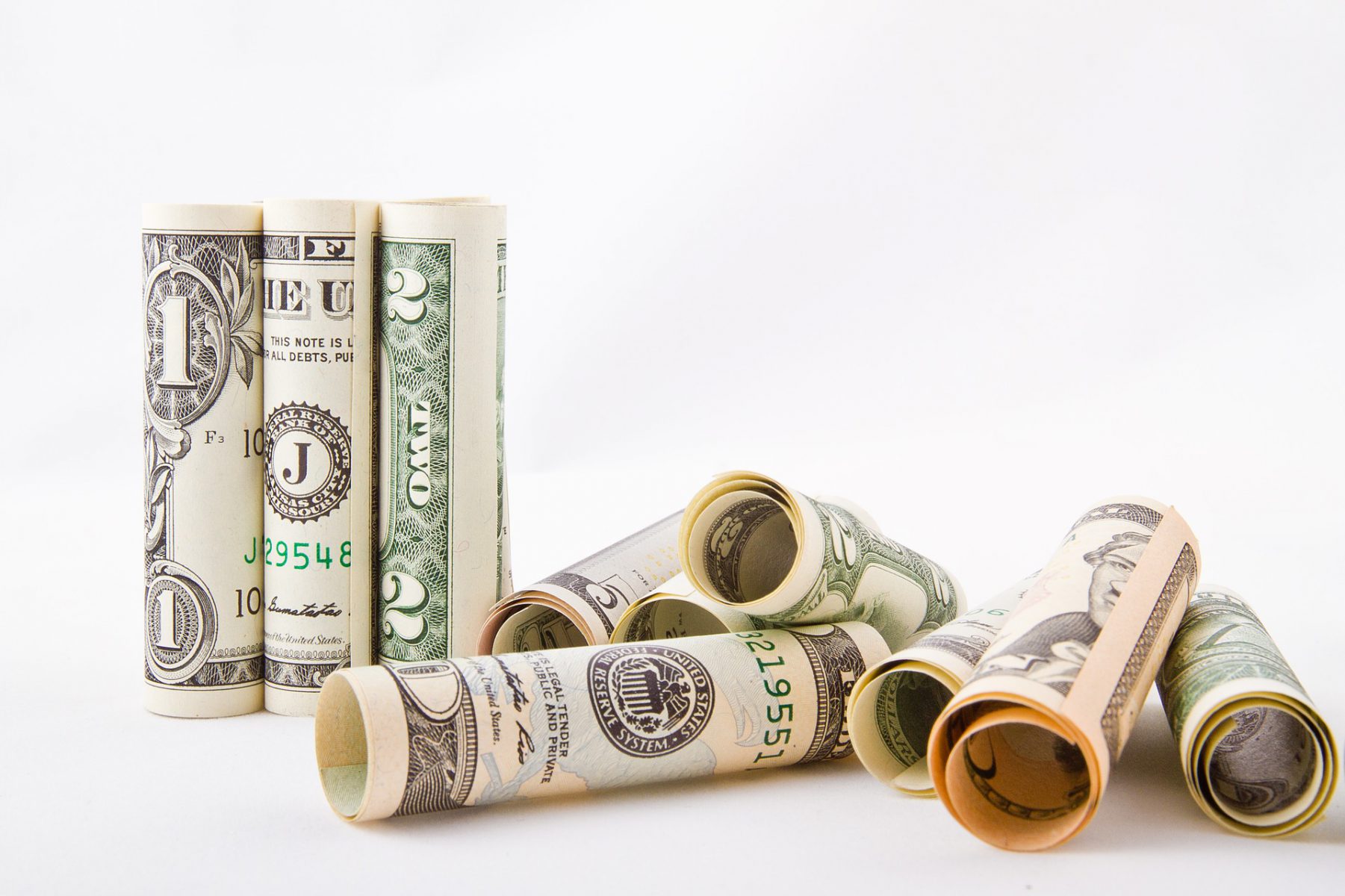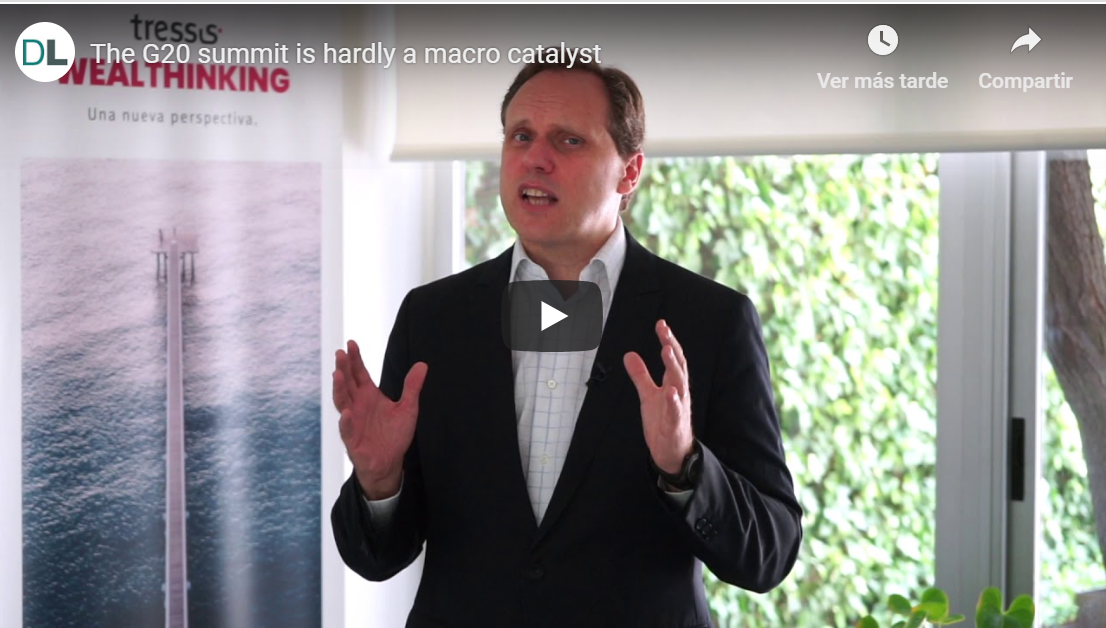
Negative rates are likely one of the reasons behind the lacklustre European growth. Negative rates have worked as a tool to transfer wealth from savers to the indebted governments that have abandoned all structural reforms, while these extremely low rates have also perpetuated overcapacity, incentivised the refinancing of zombie companies and effectively worked as a disguised subsidy on low productivity. Not only those measures have damaged banks, but they have also created very dangerous collateral impacts (read “Negative Rates Have Damaged Banks But This Is Not The Worst Effect”).
In recent weeks we have heard of a likely new stimulus plan that would include a new repurchase program and further rate cuts. A new asset purchase program is completely unnecessary and unlikely to spur growth when all Eurozone countries already have sovereign debt with negative yields in 2-year maturities and the vast majority have negative real or nominal yields in the 10-year bonds. Why would the ECB repurchase corporate and sovereign bonds when the issuers are already financing themselves at the lowest rates in history? Furthermore, by reading some statements one would believe that the ECB has stopped supporting the economy. Far from it, when it repurchases all debt maturities in its balance sheet and has implemented another liquidity injection TLTRO in March 2019.
The main problem of those who defend further purchases and more negative rates is one of diagnosis. The central planners believe the Eurozone problems come from lack of demand, and that investment and credit growth are not what they would want them to be only because investors and corporates believe that rates will ultimately rise, leading to defensive positioning.
The eurozone has seen nothing but demand-side stimuli, and after trillions of euros the economy is weakening because of them, not despite them. Because the problem is a supply-side problem that the ECB cannot solve. Rising interventionism and tax wedge that choke the private initiative despite alleged attractive conditions.
The other problem of diagnosis is to believe that credit growth and investment today are insufficient. There is no evidence that companies are investing less than what they need or that citizens are not taking the credit they desire and are able to repay, rather the opposite. In fact, the rise of zombie companies that the BIS mentions in various papers is precisely a sign of malinvestment and excess capacity. Ultimately, the central planners who believe that credit and investment growth are insufficient think so because they ignore technology and aging of the population. When governments and central banks ignore the diminishing requirement of capital investment that technology creates and the changes in consumption and investment patterns from demographics, their diagnosis of what is adequate investment and consumption is simply wrong. Even worse, when the rationale to support the idea of “lack of investment” and therefore a need for lower rates is based on looking at 2001-2007 as “normal” years, they are always going to make a mistake. Those were years that no one should consider as average, but years of a bubble that burst badly.
A recent analysis made by Scope Ratings showed that “a tiered system of remunerating reserves to mitigate the impact of lower rates on bank profits will have a limited effect. Euro Area banks have already incurred EUR 23.2bn in charges since the negative-rate began policy in 2014, EUR 7.5bn in 2018 alone”. Scope calculates the annualized current running cost of excess liquidity is EUR 6.8bn. Any further cut to the deposit rate would cost EA banks EUR 1.7bn. “In other words, EA bank ROE is c.40bp lower than it would be in the absence of negative rates.
Why should the ECB raise rates by a small 25bps then?
- It would show a sign of normalization without any real impact on mortgage, credit or investment growth. It would be a signal of health.
- It would stop the bleeding in banks, ultimately supporting the credit transmission mechanism, especially relevant in the eurozone, where banks finance 80% of the real economy. Read this paper by Urbschat et al “The Good, the Bad, and the Ugly: Impact of Negative Interest Rates and QE on the Profitability and Risk-Taking of 1600 German Banks“. as well as Christensen et al “Negative Rates and Inflation Expectations In Japan“.
- Negative interest rates are generating dangerous collateral incentives to take more risk in speculative areas, refinance zombie entities and drive investors to levels of excess risk that many find difficult to understand.Worth reading Palley’s “The fallacy of the natural rate of interest and zero lower bound economics: why negative interest rates may not remedy Keynesian unemployment“, even if you disagree (as I do) with the idea of “demand shortage”. We have excess supply from demand-side policies, as well as “Global Real Rates, A Secular Approach” by the BIS.
- Persisting with Japan-style measures, ignoring technology and demographics, as well as ignoring the side effects of negative rates will only lead the eurozone deeper into stagnation. The paper “Raise Rates to Raise Inflation? Neo-Fisherianism in the New Keynesian Model” by Garin et al also show that even if you follow the Keynesian principles of central planners, the best way to improve inflation expectations is to mildly raise rates.
The evidence of the last years shows that the eurozone is slowing down in the middle of an unprecedented chain of fiscal and monetary stimuli. The failure to improve growth cannot be detached from the persistence on repeating failed measures. Implementing a larger quantitative easing and deeper rate cut program will not solve it, because the diagnosis is incorrect.
A small rate hike added to support to those governments that implement structural reforms may help the eurozone. Monetary policy now is dangerously whitewashing populists who feel they can increase imbalances and put further fiscal strains on their countries’ budgets with no real risk, as yields continue to fall, albeit artificially.
A small rate hike would be a healthy signal that may help the ECB understand the real secondary demand for sovereigns, stop the zombification of the economy and improve liquidity transmissions to the real economy. Instead of being an incentive for reckless behavior from deficit-spending governments, it can be the beginning of an incentive to strengthen the private sector and the real economy.










